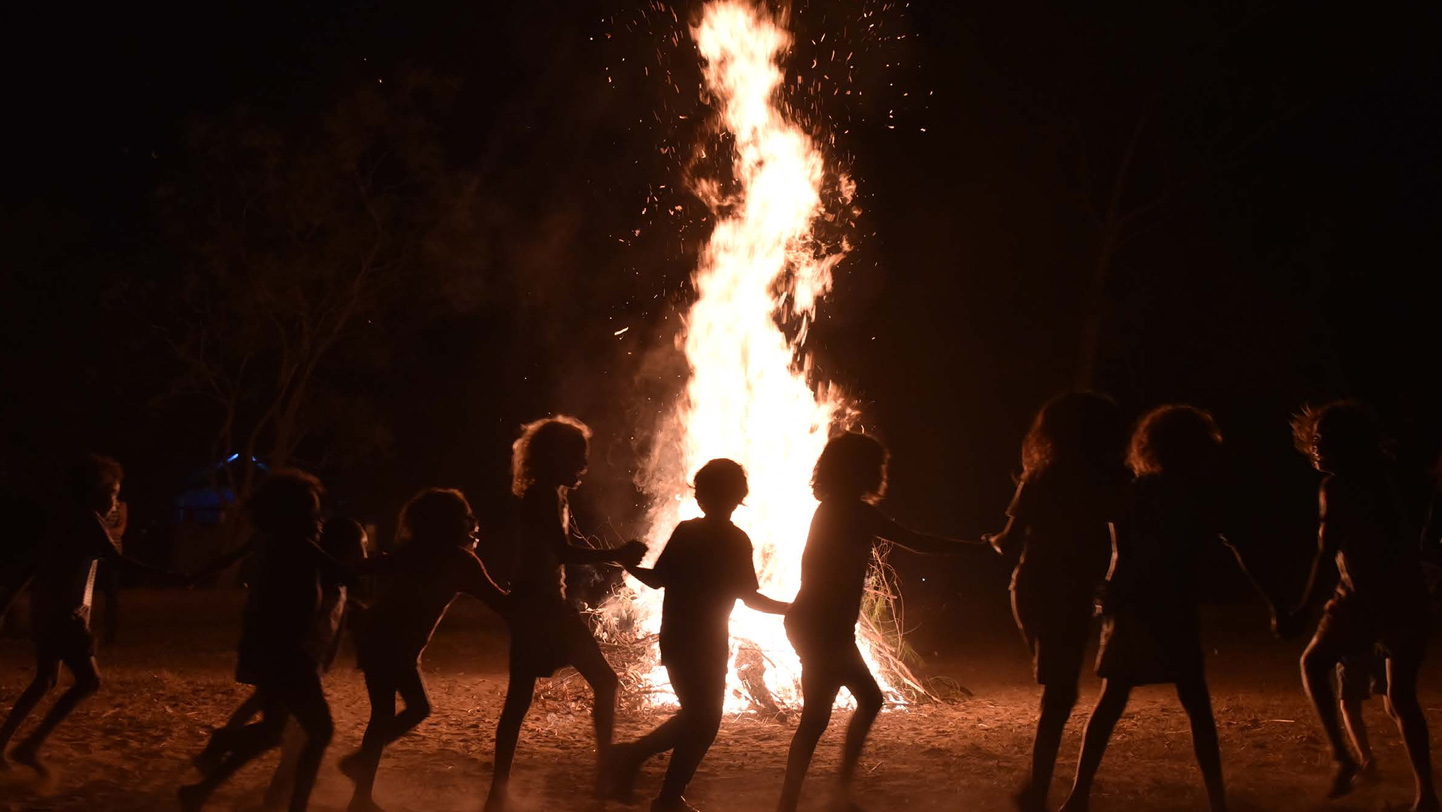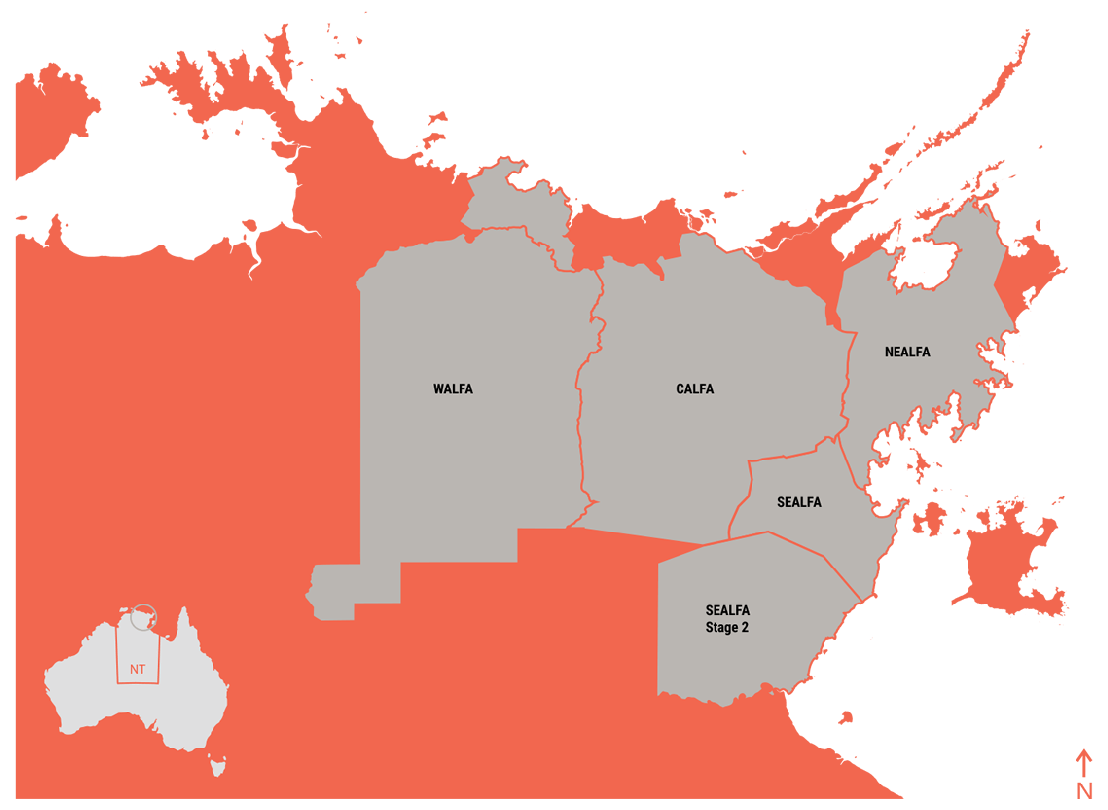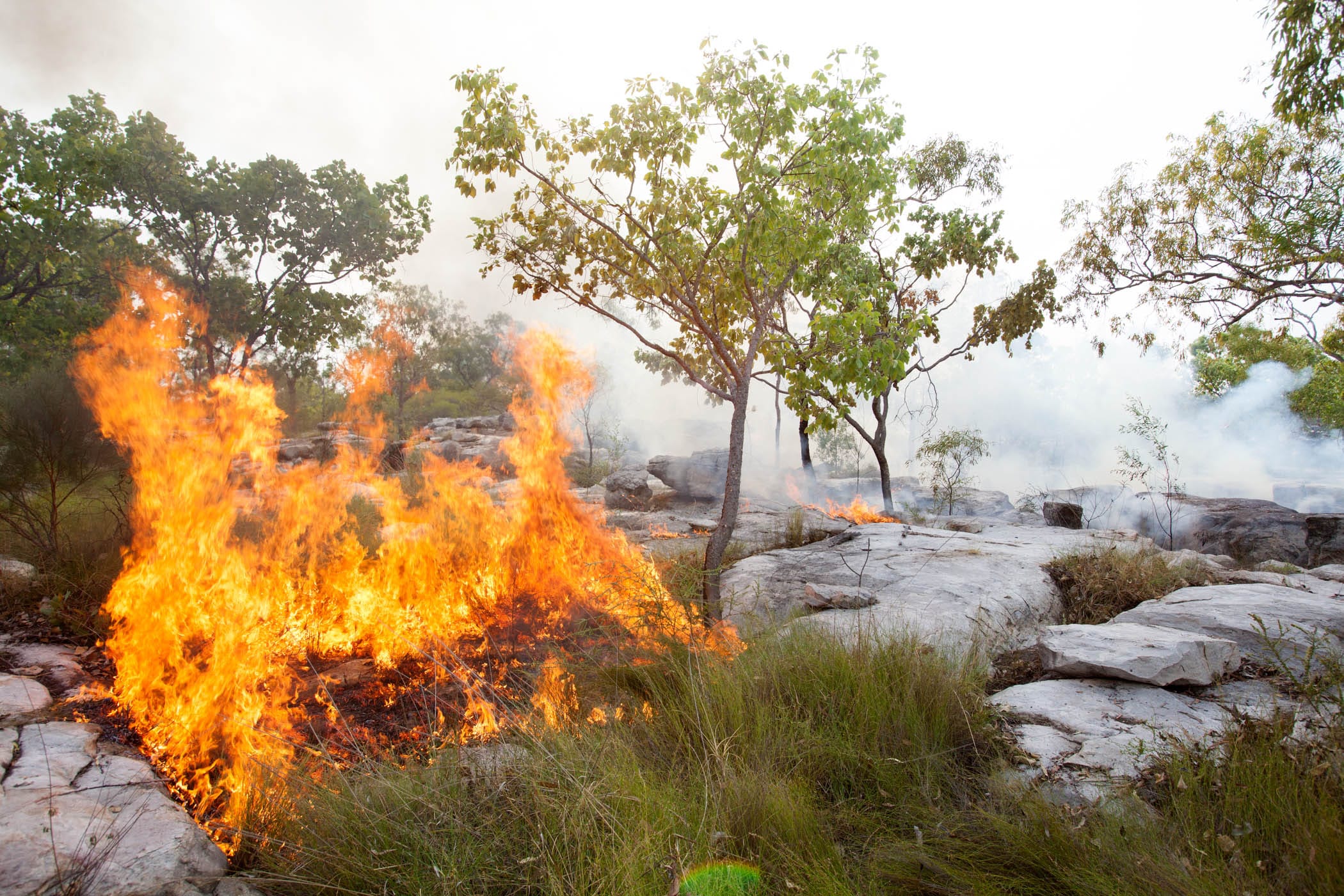
About Us
ALFA NT was created by Aboriginal landowners to support their engagement in the carbon industry
In the remote tropical savannas of northern Australia’s Arnhem Land, Aboriginal traditional owners and rangers use customary knowledge and modern tools to accomplish highly sophisticated fire management.
The work is resourced through their engagement with the carbon market and a savanna burning methodology that calculates a reduction in wildfire emissions through controlled, early season burning.
ALFA (NT) Limited – Arnhem Land Fire Abatement – is an organisation created by Aboriginal landowners to support their engagement in the carbon industry.
An entirely Aboriginal-owned and not-for-profit carbon farming business, ALFA support traditional owners to manage five fire projects across an area of more than 80,000 square kilometres, encompassing vast savanna regions, rugged sandstone escarpments, monsoon rainforest, intact river ecosystems, floodplains, and remote coastal areas.
Project Area Map

The beginning
Our story begins with the ground-breaking West Arnhem Land Fire Abatement (WALFA) project, the first savanna burning abatement project anywhere in the world.
In the mid 1990s, Aboriginal landowners from western and central Arnhem Land and a small group of non-Indigenous scientists began a dialogue about the importance of fire in the landscape.
They spoke of “orphaned country” of Aboriginal estates whose landowners had been drawn and moved to missions and settlements and they were concerned that without customary management, especially of fire, the estates had become physically and spiritually sick.
Satellite fire histories corroborated traditional owner’s concerns. They showed a region dominated by late dry season wildfires that often burned intensely over thousands of square kilometres and only extinguished with the coming of the annual wet season.
These discussions led to the development of a vision of people again living on healthy country, and of fire management as a key contributor to this vision.
Over the next decade, Aboriginal ranger groups in western Arnhem Land refined their ability to manage fire across large landscapes, and developed ways of emulating customary fire management using modern tools.
Meanwhile, scientists developed methods to measure the extent of fires, and calculate the seasonal differences in greenhouse gas emissions between early and late dry season fires for a range of vegetation communities.
However, managing fire at the scale required was beyond the financial capability of landowners.
After years of negotiation, a solution was reached when ConocoPhillips entered into the West Arnhem Fire Management Agreement with the Northern Territory Government.
This trailblazing agreement saw ConocoPhillips support landowners to restore fire management over more than 28,000 square kilometres of western Arnhem Land to offset greenhouse gas emissions from their newly established Darwin liquified natural gas plant.
The WALFA project was an innovative solution to securing long term funding to support fire management, and immediately boosted support for Aboriginal traditional landowners and rangers to get back out on country, lighting fires in the early dry season.
The WALFA project became the landscape scale model upon which the government-approved savanna burning methodology was based. It provided a template for every future savanna burning fire management project across northern Australia.
Videos
The videos below feature the amazing work our partners are undertaking to protect the spectacular country of Arnhem Land.




Savanna Burning Methodology
Australia’s vast and ecologically intact northern tropical savannas are extremely flammable, and fire is arguably the most important tool that Aboriginal people have for looking after country.
Learn More
